Wisconsin Shipwreck Coast National Marine Sanctuary offers a wide array of exciting and engaging educational experiences for all ages including exhibits, lectures, workshops, contests, lesson plans, activities, and more. We recommend that teachers check back throughout the year for updates and opportunities.
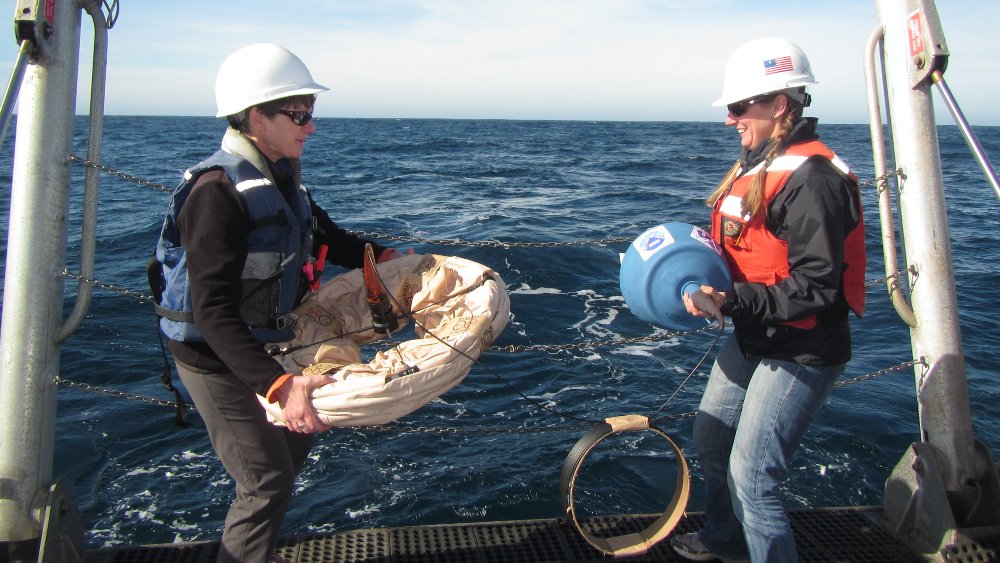
National Marine Sanctuaries Educational Materials
NOAA’s Office of National Marine Sanctuaries provides teachers with educational materials for your classroom. You will find curriculum, lesson plans and activities related to shipwrecks, cultural heritage, archaeology, and marine protected areas that will excite your students about science and technology.
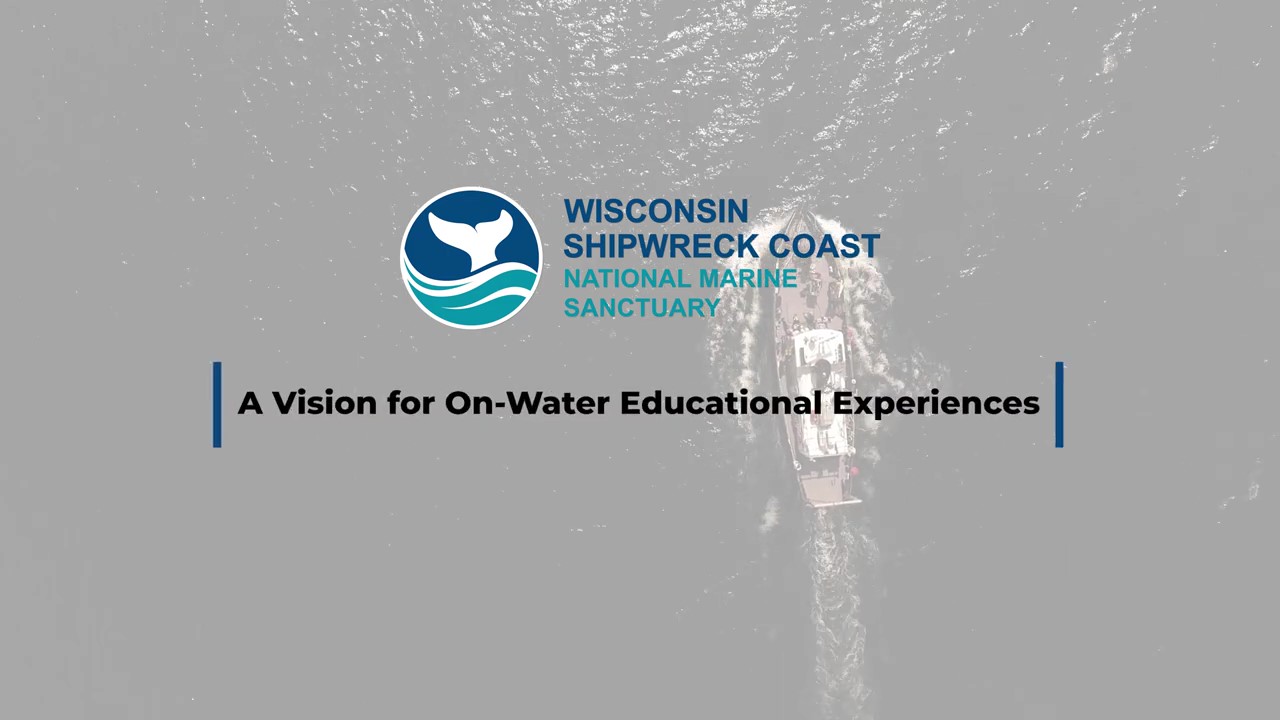
A Vision for On-Water Educational Experiences
In this video, Wisconsin Shipwreck Coast National Marine Sanctuary staff and local educators share their vision for providing on-water education experiences for educators and their students.
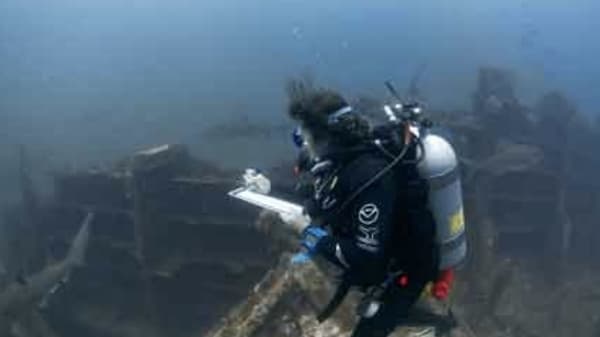
Mock Shipwreck: Mapping the Past
Maritime archeology is a field of study that provides many career opportunities based in science, technology, engineering, and mathematics (STEM). The focus of this lesson is the creation of a shipwreck site plan.
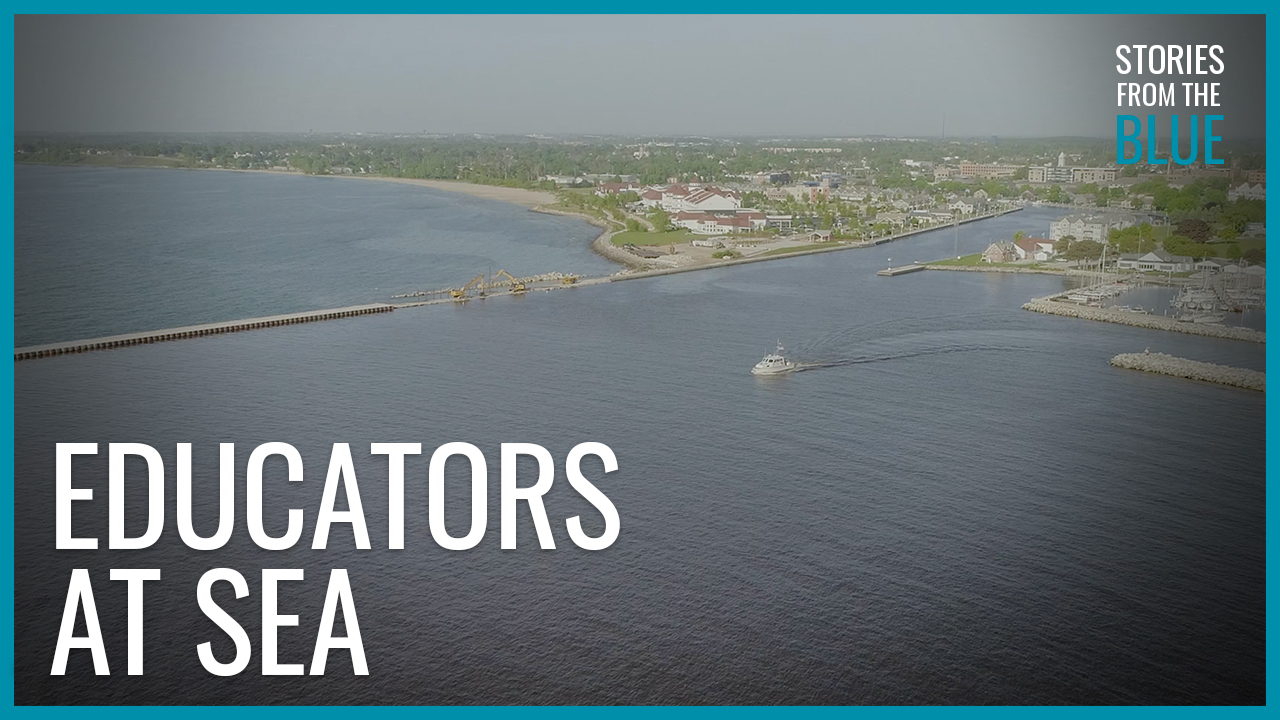
Educators at Sea
At Wisconsin Shipwreck Coast National Marine Sanctuary, teachers and scientists work hand-in-hand to understand the Great Lakes and increase stewardship across the basin. Watch this immersive, educational experience take place in our newest addition to our Stories from the Blue series.
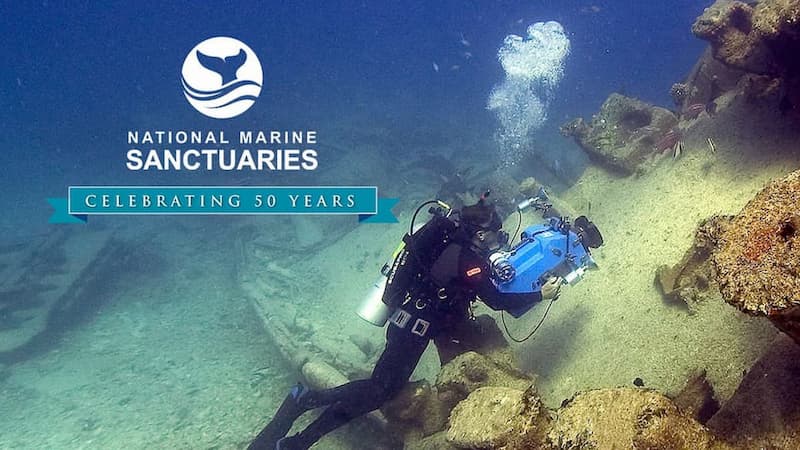
Shipwreck Resource Collection
NOAA's Office of National Marine Sanctuaries staff study, interpret, and protect shipwrecks as places to explore, discover, and appreciate our country's maritime legacy. Shipwrecks are a key aspect in understanding the maritime heritage of the United States and can help us learn more about our past. These shipwrecks also provide education, tourism, and recreation opportunities. Find a variety of lessons, webinars, videos, and more on shipwrecks in national marine sanctuaries.
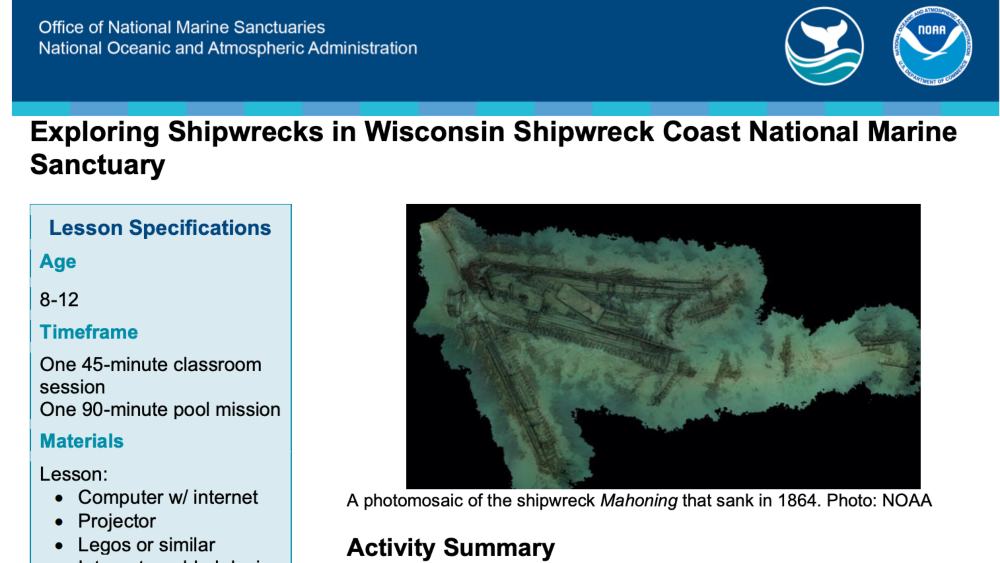
NOAA Ocean Guardian Dive Club
Wisconsin Shipwreck Lesson
In this lesson, students simulate using photogrammetry to make a model of a shipwreck from Wisconsin Shipwreck Coast National Marine Sanctuary. Students practice buoyancy control, awareness of their environment and buddy, and air management while drawing a wreck site plan on a dive slate. Students take compass bearings to indicate artifact locations and take measurements and images of simulated artifacts.
Content:

Exploring Ocean Mysteries
In this Exploring Marine Sanctuaries lesson, students learn about the National Marine Sanctuary System by researching their habitats, species, physical features, and cultural importance. They share their discoveries with the class in short presentations with visual aids. Students will understand there is a tremendous diversity of ocean environments and life forms. They will also realize features on the ocean floor are highly varied and discuss the importance of protecting special ocean areas.
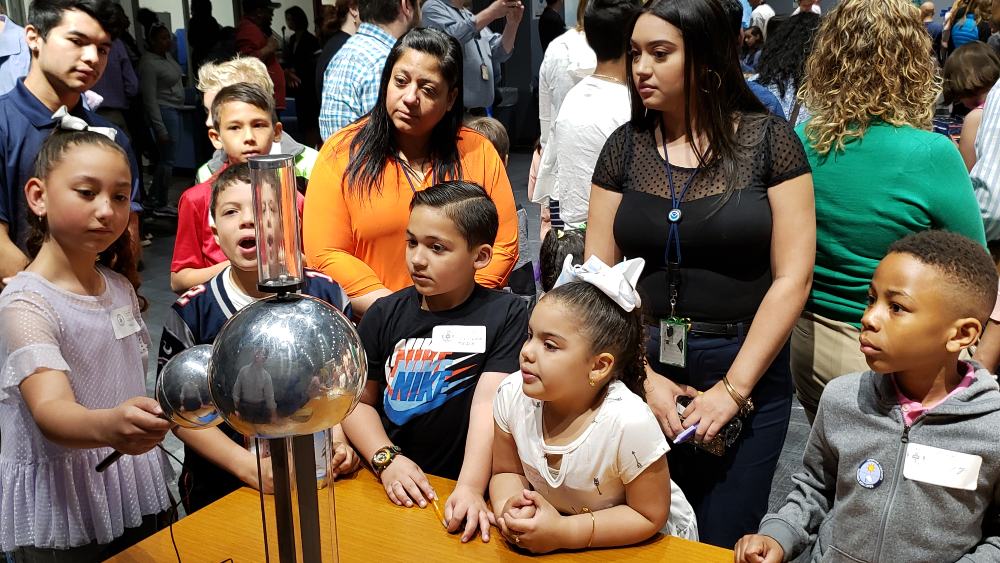
NOAA Education
Looking for more NOAA resources? Find additional lessons, activities, and data on climate, ocean, marine debris, and more in the NOAA resource collections. You can also conduct a search in the NOAA Sea to Sky Database.

